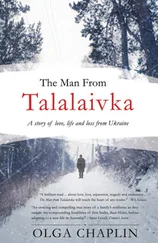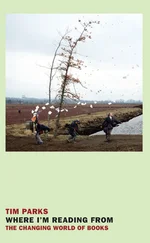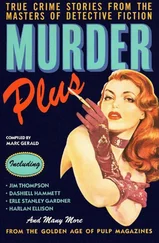The Scottish Book of Maths and All That
If the relationship between Jews and Ukrainians has slowly been changing, the same is true of the relationship with Poles. Today Poland is Ukraine’s staunchest defender, but getting to this position—above and beyond one of a simple calculation of “my enemy’s enemy is my friend” (the main foe being Russia of course)—has been hard. Today the Polish consulate in Lviv is a huge and imposing modern stone-and-glass building in a residential part of town. One of its main tasks is issuing visas, and it issues an absolutely enormous number of them. According to Marcin Zieniewicz, the deputy consul, in 2013 they issued 335,000 and in 2014 they were on course to issue 338,000. Today, tens of thousands of Ukrainians go to work in Poland. Some are unskilled and going to do jobs, in construction for example, that Poles now do in places like London, which are easy and legal for them to get as EU citizens. But people with skills are going to Poland too. Ukrainian English teachers are in high demand, says Marcin, because so many Polish English teachers have also gone to Britain. The same is true of medical staff. Lviv is even close enough to the Polish border town of Przemysl, from which so many Polish doctors, nurses and medical technicians have left, that they can replace them by commuting from Lviv.
When it comes to discussing modern history, though, Marcin, who is both erudite and emotional, describes how historians have been meeting for years, and while relations are better, “we would like it to happen faster, but we try to understand the situation and hope they will hear us and our pain connected to this.” Then he warms to his theme: Polish soccer began in Lviv. Then modern law, novelists and filmmakers came from here and in fact, he says, Poles “cannot imagine” their “culture and science” without Lviv. He mentions what is called the Scottish Book. In this thick notebook, which was later published, prominent Lviv mathematicians wrote down problems, which they discussed in the Scottish Café after the weekly meetings of the Lviv branch of the Polish Mathematical Society between 1935 and 1941. “Almost everything began in Lviv,” says Marcin, “and this is why it was very difficult to cope with this city being part of the Soviet Union.” For Poles the problem is that, especially in the 1990s, Ukrainians tried to incorporate Lviv’s Polish history as theirs. So, a foreigner visiting the city might, for example, think the mathematicians were Ukrainians.
Being in Lviv as a foreigner you might not notice that Lviv was part of Polish culture. For us this is painful but we also see a tendency that is more open than in the beginning of the 1990s. Before, if you mentioned Polish history, they said, “You are our enemy.” Now there are many common projects, which began in the 1990s, when we started to discover each other from zero.
With regards to the Lonskoho prison, where the interwar Polish authorities had kept Ukrainian nationalists, this has been the source of much friction. Interwar Poland “was not a paradise for Ukrainians,” he says, but to equate the Poles, Soviets and Nazis is “unacceptable.”
Marcin says that on some historical issues like this on which Ukrainians and Poles see things so differently, “it is difficult to remain calm” but doing so is “our mission here and it is not easy. We do everything from our side politely. We speak with our Ukrainian partners and we don’t want them to think we are trying to take Lviv back for Poland. That is a joke!” Only not quite. According to Radek Sikorski, the foreign minister of Poland in the government of Donald Tusk, between 2007 and 2014 Putin suggested to Tusk in 2008 that they partition Ukraine. “He went on to say Ukraine is an artificial country and that Lwów is a Polish city and why don’t we just sort it out together.” At the time it might have seemed like a lurid joke, but now the question arises as to whether Putin was testing the water to see what the Poles might say. “We made it very, very clear to them—we wanted nothing to do with this,” said Sikorski. When this interview was published in 2014, a Kremlin spokesman claimed it was “a fairy tale.” But maps of how extreme Russian nationalists see the future, with Russia taking all of the east and the south, leaving a small Ukrainian rump state around Kiev, do indeed give the west back to Poland. Perhaps we will see the Russian info-war move to inciting Poles to return to Lviv one day.
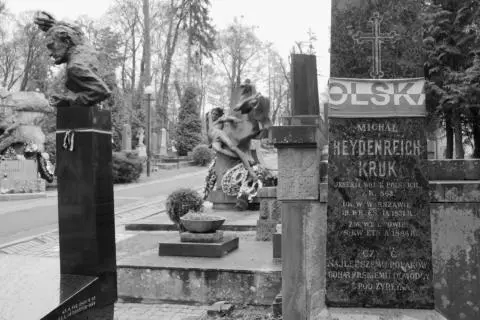
Polish tomb at the Lychakiv cemetery. The word “Poland” on a piece of cloth has been tied to the grave. The tomb on its left has a ribbon in Polish colors also tied to it. Lviv, November 2014.
14.
Tourists and the Tower of Death
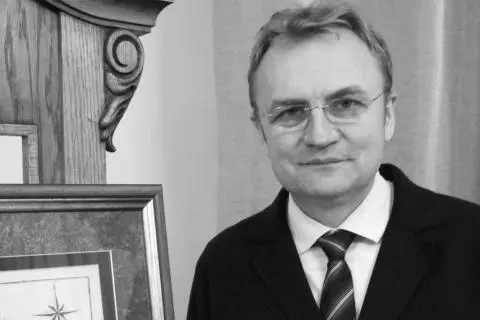
Andriy Sadovyi, mayor of Lviv, in his office. November 2014.
Andriy Sadovyi, a suave, blond 46-year-old, has been mayor of Lviv since 2006. Since the general election of October 2014 he has also been leader of the third-largest party in Parliament, which is Samopomich or “Self-Reliance.” But he has decided to remain in Lviv. The city has a lot to show for itself, he says, and much more can and will be done to recall its Jewish and Polish past, not least because “we want to see guests from all over the world in Lviv.” Sadovyi has worked hard to put his city on the tourist map and he has been very successful in doing so. Twenty years ago Prague reopened to the world, fifteen years ago it was Cracow, “and now it’s Lviv’s turn.” Pushed as to whether remembering the Jewish and Polish past is also important and healthy for Ukraine, he answers simply: “Yes.”
In the future, and even if we leave aside the desire to attract money-spending tourists, Lviv will most likely better reflect its past. But unless Poles and Jews had asked for this, nothing would have happened. It is an irony, for example, that some visitors to the city might stay in the luxury Citadel Inn hotel. It is inside a large, imposing, round redbrick fortification that was part of a major Austrian military development built in the 1850s. The area overlooks the historic city center with its church spires and domes. You can read all about this in the history section of the hotel’s website. What you can’t read is anything about the fact that between 1941 and 1944 this was the center of the Nazi POW camp Stalag 328. Roughly 280,000 prisoners, the vast majority of them from the Red Army, passed through here and (numbers vary) up to 148,000 are said to have died. Most were starved to death by the Nazis, but others were shot or died of typhus. According to some accounts, the Nazis even brought from elsewhere prisoners already infected with typhus, so that they would infect and kill more. As prisoners arrived they were filtered, and Jews and those known to be communists were quickly earmarked for death. Some French and Belgian POWs were brought here as were Italians, who were fighting alongside the Nazis until the country capitulated in 1943. No one, it seems, really worries much about remembering what happened here. The Nazis, keen to have the Ukrainians as allies, let out many Soviet Ukrainian soldiers. As for Russia, since the overwhelming majority of the prisoners were Russians, it is not, it seems, interested either. In the Soviet period, says Ruslan Zabilyi, the director of the nearby Lonskoho prison museum, the fact that there were so many POWs was something shameful and had to be hidden. Soviet soldiers who had been encircled by the Germans were “not supposed to have surrendered and such information would destroy the myth of the invincible Soviet army.” During Stalin’s lifetime they were even officially called traitors. It is not surprising that some—how many is unknown—then joined the army of Soviet general Andrey Vlasov, who, once captured, switched sides. Because Russia sees itself as the main, if not sole, heir to the story of what in the former Soviet Union is called the Great Fatherland War, a story of Russians fighting alongside Nazis, and not against them, is certainly not a subject to be remembered.
Читать дальше



